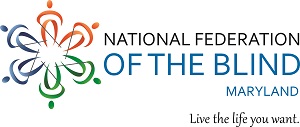The Braille Spectator is the flagship publication of the National Federation of the Blind of Maryland. It covers the events and activities of the NFB in Maryland, addresses the issues we face as blind people, and highlights our members. Full issues are published 2 to 4 times a year.
View the current Braille Spectator
View the current Braille Spectator
Access past Braille Spectators
